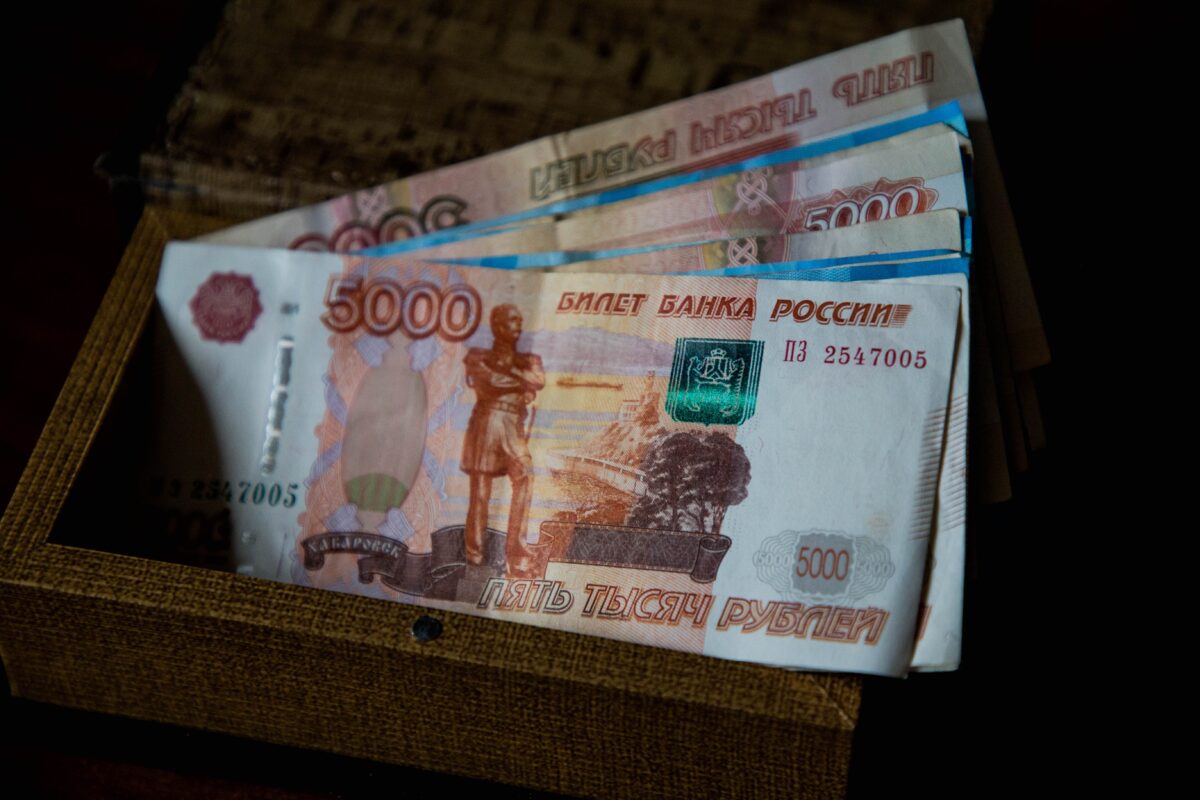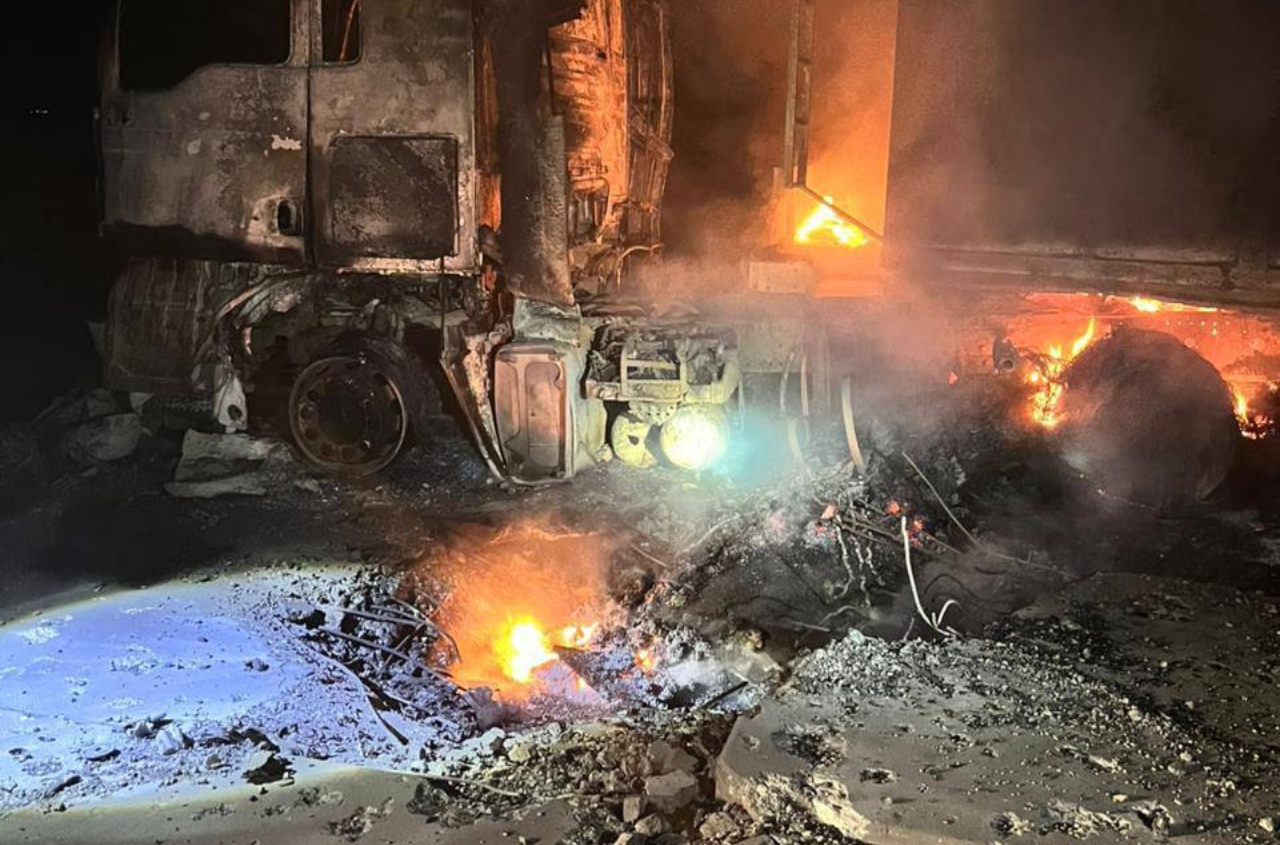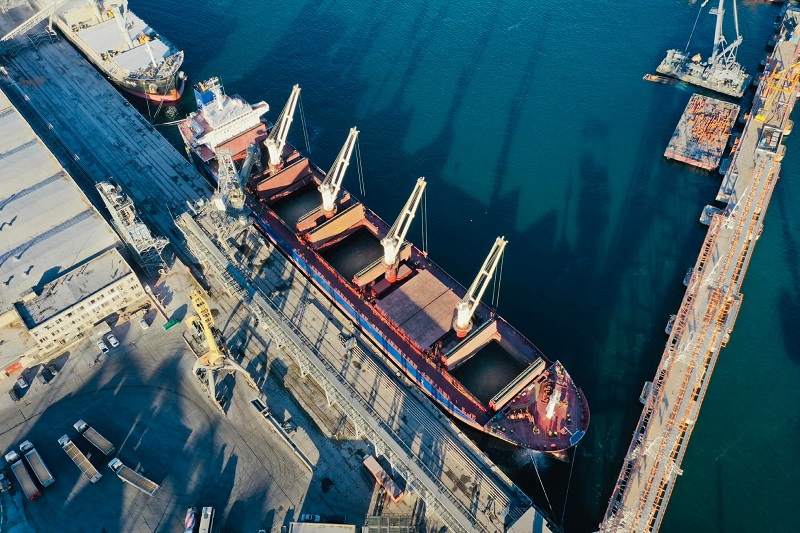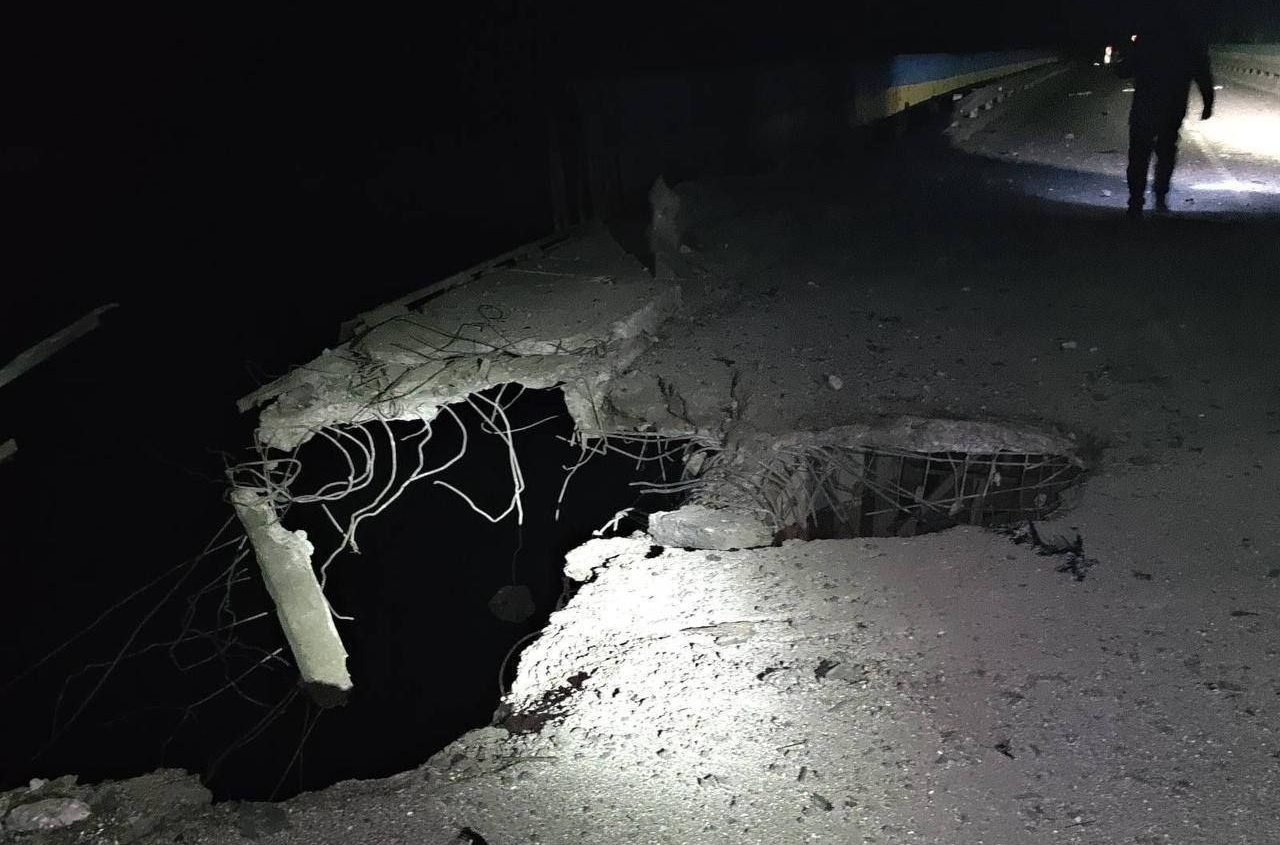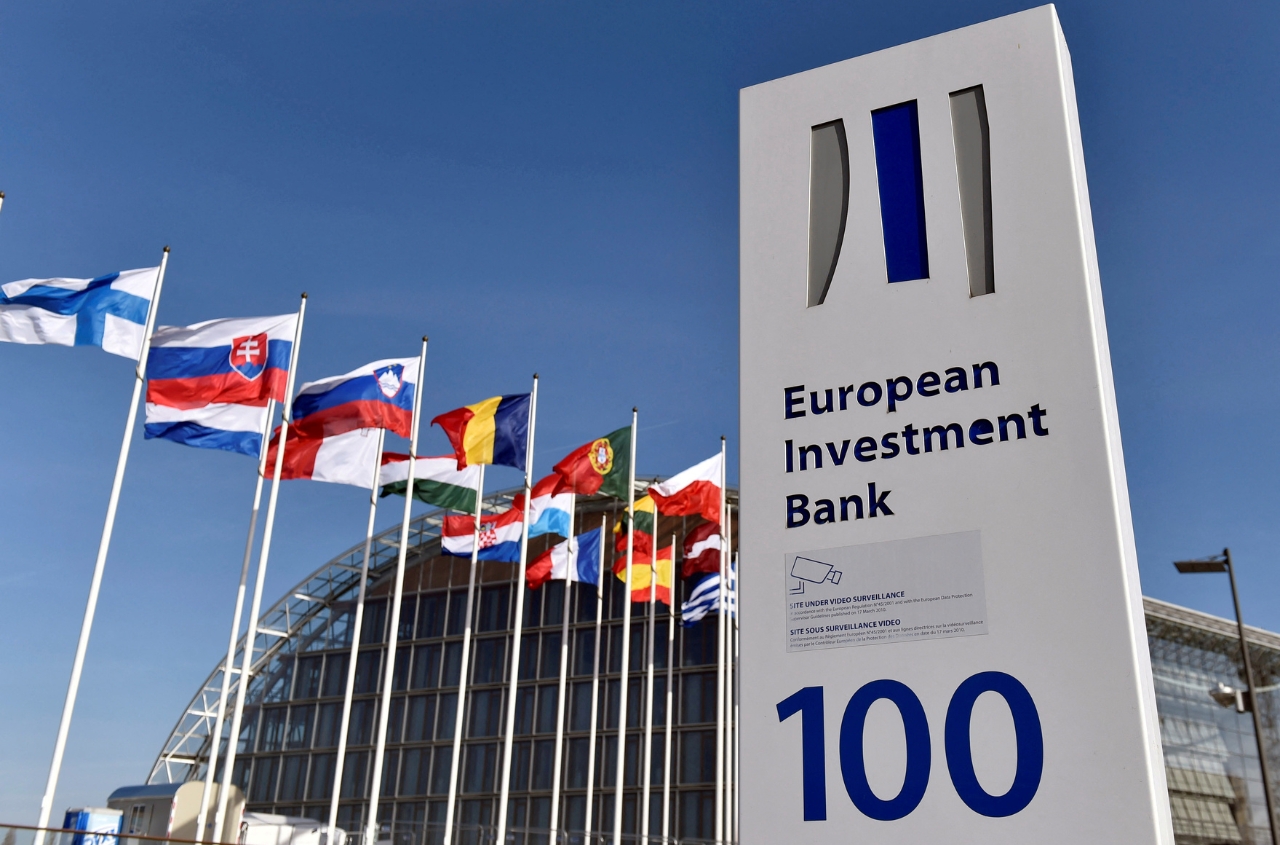Russian regions are facing the deepest budget crisis in decades. By September, most had exhausted their financial reserves, and six federal subjects have less than one percent of their annual budgets in their accounts — enough to cover only a few days of expenditures.
Arkhangelsk Oblast, with an annual budget of 156 billion rubles, holds a reserve of only 50 million — 0.03% of planned spending. Kalmykia has 40 million, Volgograd Oblast 100 million, and Belgorod 200 million rubles. Ulyanovsk, Irkutsk, and Murmansk Oblasts retain no more than 0.5–0.7% of their annual funding.
The liquidity shortage has already led to budget cuts. Irkutsk Oblast is reducing 4.9 billion rubles in education and healthcare. In twelve regions, teachers’ salaries have been cut. To cover the deficit, local authorities in Yaroslavl, Ulyanovsk, and Dagestan are preparing to raise taxes on small businesses, while in Orenburg, Novosibirsk, and Krasnoyarsk Krai, transportation fees are being increased.
The total deficit of regional budgets rose from 397.8 billion rubles in June to 724.8 billion in September. Revenues fell in 26 regions in nominal terms, and in 53 regions when adjusted for inflation. In the first half of the year, 67 federal subjects ended with gaps in local finances. The largest deficits are in Kemerovo (34% of revenues), Arkhangelsk (31%), Murmansk (28%), and the Komi Republic (30%).
Financial pressure is affecting the social situation. In September, Russians purchased 1.94 million packs of antidepressants worth 13.8 billion rubles — 33% more than last year.
By the end of the year, the situation with regional budgets is expected to worsen further, as there are no new sources of income and expenditures continue to rise.









